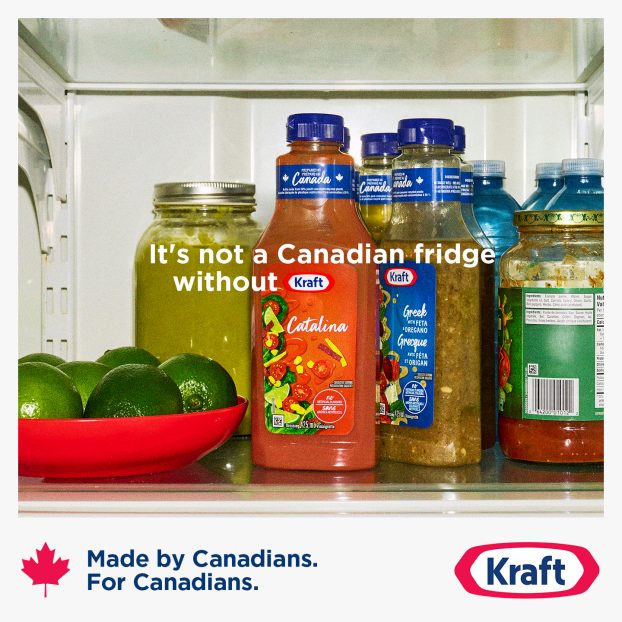As canada approaches the 21st century, our major challenge is to instill hope in Canadians in the future growth and prosperity of the nation.
This means creating new jobs and opportunities for Canadians.
It means ensuring that technology’s promise to make life easier will be kept. It means building an economic springboard for the future.
Late last month, Stentor, the alliance of Canada’s top full-service telephone companies, proposed its version of a national information highway – presenting Canada with a major opportunity to meet pressing challenges.
In so doing, a vital, important debate has begun.
CRTC review
Concurrently, the Canadian Radio-television and Telecommunications Commission’s regulatory review this month on the structure of the telecommunications industry is also worthy of attention.
These hearings are particularly relevant to addressing the need for change in how our industry is regulated in its current competitive environment.
However, underlying these lengthy discussions is the fact that with the increasing convergence of technologies, the competitive frontiers of all communications industries will certainly grow.
Regulation must reflect this emerging reality.
It must ensure that present cable, telecom, wireless and satellite networks will be joined sooner than later into a seamless, high-speed network capable of carrying voice, text, data, graphics and video services.
Why?
The information highway Stentor envisages would provide universal access to basic and advanced communications and information services through a network of many networks, owned and operated by different service providers.
In giving Canadians choice, it will put consumers in control of how, when and with whom they communicate.
(For example, interactive home shopping will allow selection, price negotiation, styling and transaction processing at the touch of a button, while advertising will be customized to the end-user.)
As a direct consequence, this electronic infrastructure will stimulate economic activity, generate employment opportunities and enable improved productivity to help Canadians deal with global competitive forces which, left unchallenged, can erode our present living standards.
We as Canadians already have a world class communications infrastructure and are fully capable of developing our own information highway, just as our global competitors are doing in Japan, in Europe, in the u.s. and elsewhere in the world.
Canada’s potential can be realized most fully when government and industry clearly demonstrate the will and the determination to act, boldly and immediately, in the spirit of co-operation.
However, we need:
– a policy, tax and regulatory environment which facilitates, encourages and supports the timely development of an information highway employing common technical standards
– private-sector co-operation and leadership in financing, building and operating and maintaining a modern information highway
– fair and open access to this highway for all service providers, in a competitive environment
– affordable services
– protection of privacy and the principles of copyright
– promotion of Canadian culture
The scope of the task, however, requires broader co-operation. To help move the process forward, the Stentor companies are prepared to lead in opening a dialogue with all industry players, including the cable industry.
Canada’s current communications environment is one of mainly closed and proprietary systems.
Cable and telecommunications networks, for example, do not connect, nor do they work in tandem with each other.
Furthermore, existing systems vary immensely in their degree of openness. The public telecommunication networks are open in access, use and content, but closed in their architecture.
Canada’s full-service telecommunications providers are ready to change this and make their system fully open. Cable systems remain closed in terms of their architecture, content and use.
As alliances and mergers between different industries are only just beginning, an open environment is inevitable.
A Canadian information highway – allowed to flourish in an open environment – will offer to customers the ability to choose when, where and with whom they exchange information.
An open environment will improve the ability of Canadian cultural and information service providers to offer Canadian products because all providers will have access to the consumer.
An open environment will promote competition, leading to quicker innovation in the marketplace, improved business efficiencies, increased consumer choice and more business opportunities, including in marketing and advertising.
The choice is clear. We need to act now.
Jocelyne Cote-O’Hara is president and chief executive officer of Stentor Telecom Policy, in Ottawa, a government relations and policy advisory arm to Canada’s major telecommunications players.























